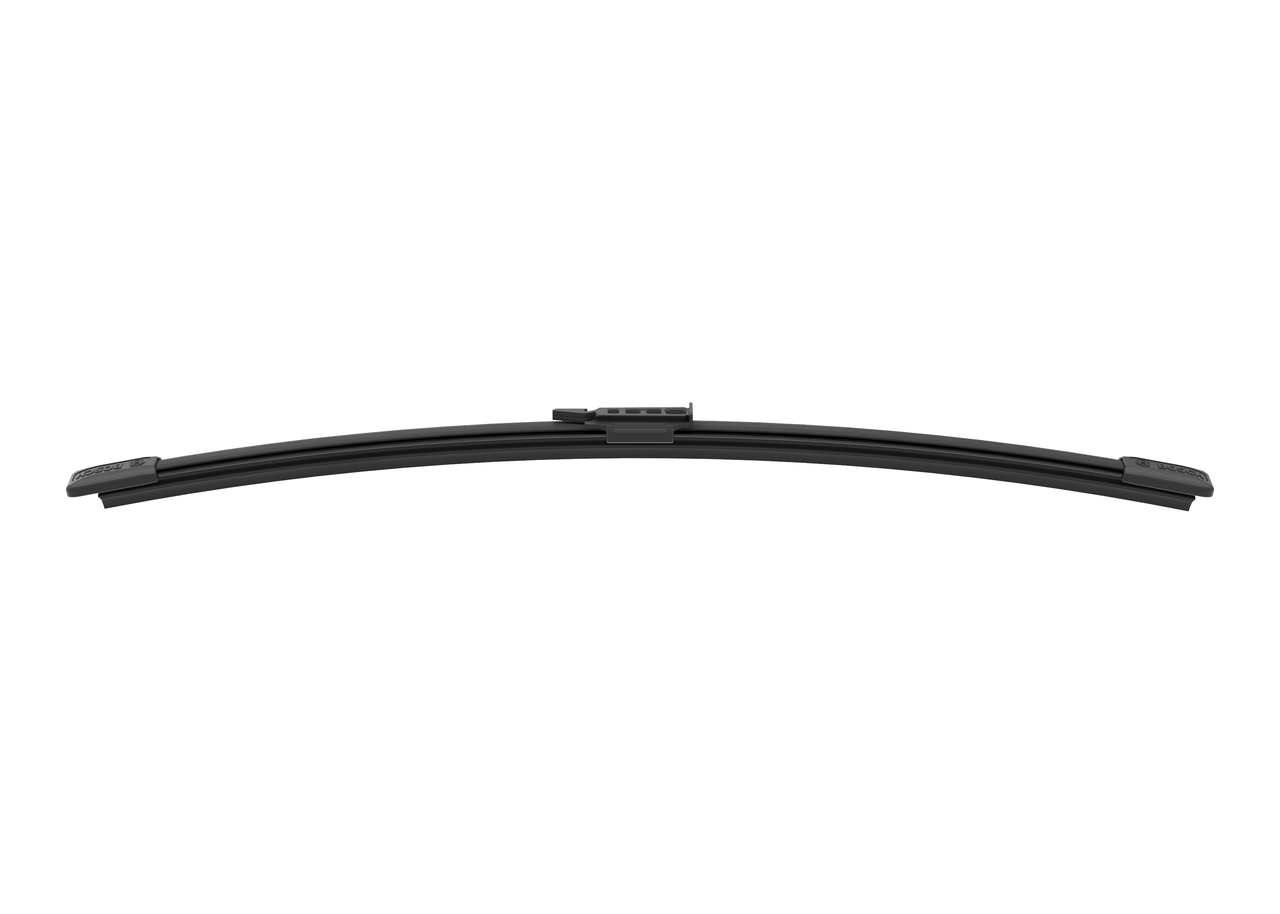Table of Contents
How to Soften Wiper Blades
When windscreen wiper blades become stiff and ineffective, learning how to soften wiper blades can restore their flexibility and ensure clear vision during adverse weather conditions. Hard rubber blades cause streaks, reduce visibility, and compromise road safety. The solution involves proper cleaning followed by applying suitable conditioning treatments to restore the rubber's original suppleness.
 BOSCH Rear wiper blade
330 mm, Flat wiper blade
BOSCH Rear wiper blade
330 mm, Flat wiper blade

 BOSCH Rear wiper blade
300 mm, Flat wiper blade
BOSCH Rear wiper blade
300 mm, Flat wiper blade
 BOSCH Wiper blade
1000 mm, Standard
BOSCH Wiper blade
1000 mm, Standard
 VAICO Wiper Arm Set, window cleaning
with cap, with integrated wiper blade, EXPERT KITS +
VAICO Wiper Arm Set, window cleaning
with cap, with integrated wiper blade, EXPERT KITS +
Why Wiper Blades Harden
Several factors contribute to wiper blade rubber becoming stiff over time:
- UV damage: Direct sunlight breaks down rubber compounds
- Temperature fluctuations: Heat and cold cycles cause material fatigue
- Dirt accumulation: Road debris and grime build up on the blade surface
- Chemical exposure: Harsh cleaning products accelerate rubber aging
- Age: Natural rubber degradation occurs over 6-12 months of use
Basic Cleaning and Softening Methods

Essential Cleaning Steps
Start with these fundamental cleaning techniques:
- Remove surface dirt: Use warm soapy water and a clean microfiber cloth to wipe away accumulated debris
- Target stubborn deposits: Apply rubbing alcohol or surgical spirit to lift persistent grime from the rubber surface
- Rinse thoroughly: Use fresh water to remove all soap residue that could interfere with blade performance
- Dry completely: Pat dry with clean paper towels and allow natural air drying in a shaded area
Vinegar Solution Treatment
Create an effective softening mixture using common household items:
- Mix equal parts white vinegar and water in a spray bottle
- Apply the solution generously to both rubber blades
- Allow 10-15 minutes for the acid to break down hardened deposits
- Rinse with clean water and dry with a microfiber cloth
Professional Tip: Our mechanics at AUTODOC recommend treating wiper blades every three months with vinegar solution to maintain optimal flexibility and prevent premature hardening.
Advanced Softening Techniques

Conditioning Products
| Product Type | Application Method | Effectiveness Rating |
|---|---|---|
| Silicone spray | Light coating, 15-minute absorption | Excellent |
| Rubber conditioner | Direct application, overnight treatment | Very Good |
| Glycerin | Small amount, gentle massage | Good |
| Petroleum jelly | Minimal application, excess removal required | Fair |
Professional Restoration Methods
For severely hardened windshield wiper blades, consider these advanced approaches:
- Silicone-based treatment: Apply automotive silicone spray to both sides of the rubber, allowing 15 minutes for absorption
- Glycerin conditioning: Massage a small amount into the rubber using circular motions
- Fine sanding technique: Carefully use 600+ grit sandpaper with minimal pressure to refresh the rubber surface
Caution: Sanding should only be attempted by experienced DIY mechanics, as excessive pressure can damage the blade edge and reduce its lifespan significantly.
Heat Treatment Method
Controlled warming can restore flexibility:
- Soak blades in hot soapy water for 10-15 minutes
- Avoid temperatures above 60°C to prevent rubber damage
- Follow with conditioning treatment while rubber remains warm
Maintenance Schedule
| Frequency | Action | Weather Condition |
|---|---|---|
| Weekly | Visual inspection | All seasons |
| Monthly | Basic cleaning | Rain/snow periods |
| Quarterly | Deep conditioning | Before winter/summer |
| Annually | Replace wiper blades | Regardless of condition |
Prevention Strategies
Protect your investment in quality wiper blades by:
- Parking protection: Use covered parking or windshield covers during extended periods
- Regular washing: Include wiper blade cleaning in your vehicle maintenance routine
- Proper washer fluid: Use appropriate cleaning solutions rather than plain water
- Seasonal care: Apply protective treatments before harsh weather periods
Understanding when wiper blades are beyond softening helps maintain road safety. If cleaning wiper blades doesn't restore performance, or if you notice tears, cracks, or missing sections, it's time to consider replacement wiper blades. Regular maintenance and proper softening techniques can significantly extend blade life, ensuring consistent windscreen glass cleaning performance throughout the year.
For persistent squeaking issues even after softening, check our guide on stopping wiper blade noise to address common performance problems and maintain optimal visibility in all weather conditions.
 BOSCH Rear wiper blade
280 mm, Flat wiper blade
BOSCH Rear wiper blade
280 mm, Flat wiper blade
 BOSCH Wiper blade
650 mm Front, Standard
BOSCH Wiper blade
650 mm Front, Standard
 BOSCH Rear wiper blade
240 mm, Flat wiper blade
BOSCH Rear wiper blade
240 mm, Flat wiper blade

 BOSCH Wiper blade
600, 475 mm, Beam
BOSCH Wiper blade
600, 475 mm, Beam
FAQ
What will soften windshield wiper blades?
Several products can soften windshield wiper blades effectively: silicone spray, rubber conditioner, glycerin, and white vinegar solution. First step involves cleaning dirty blades thoroughly before applying conditioning treatments to restore flexibility.
What is the best lubricant for windshield wipers?
Silicone-based automotive spray provides excellent lubrication without attracting dirt. Avoid petroleum-based products that can damage rubber. For a good clean application, spray lightly and wipe excess to prevent stick issues on windshield glass.
Does WD40 help wiper blades?
WD40 can temporarily reduce friction and help blades glide smoothly, but it's not ideal for rubber conditioning. Use sparingly on the wiper arm pivot points and hybrid wiper blades lock mechanisms rather than directly on rubber surfaces to avoid damage.










